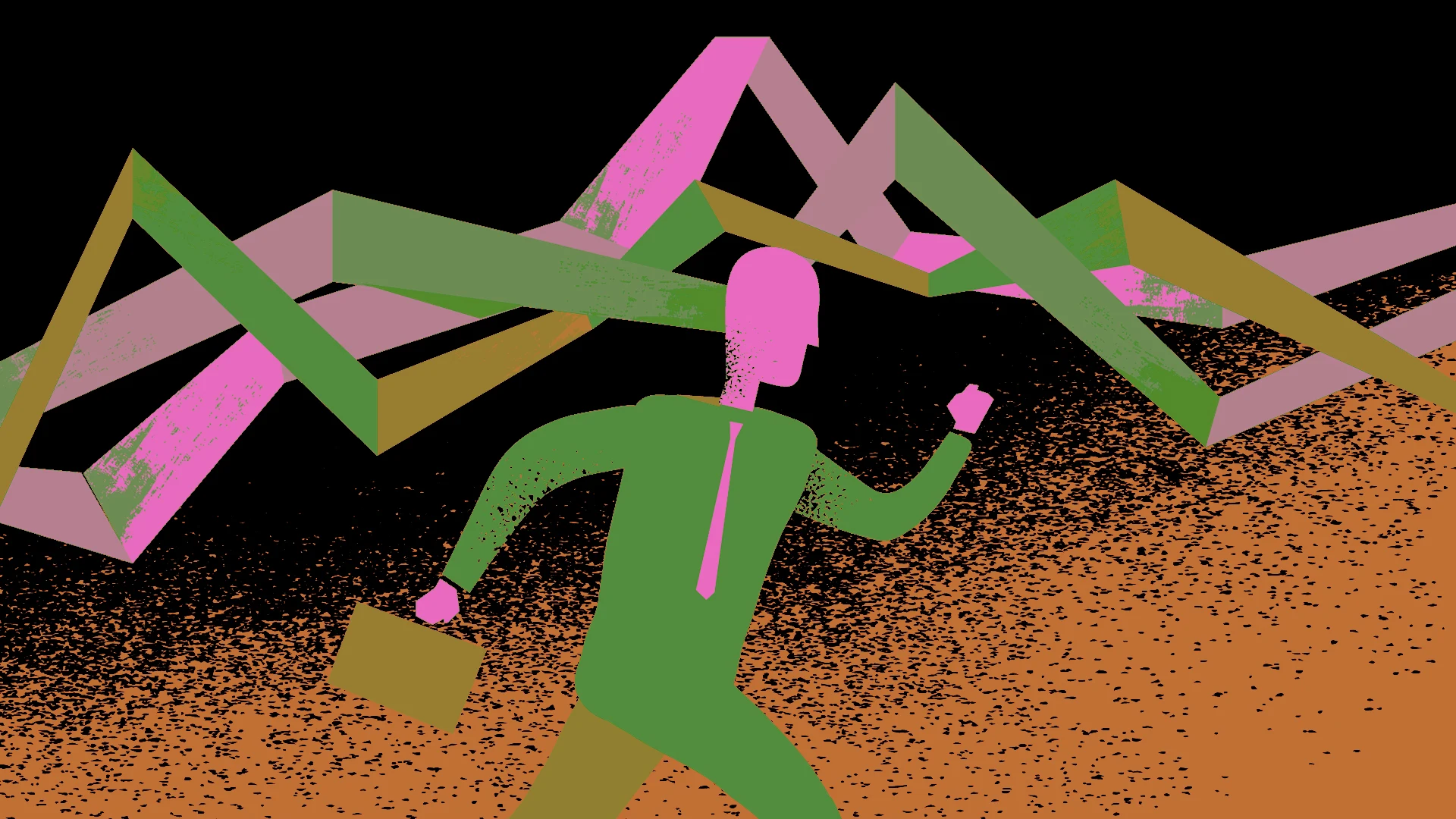
"However, the problem can be exacerbated by acting too quickly: there is often a fierce desire within leaders to jump to action. They want to stop the badness, stop the ripples, and solve the situation as quickly as possible. But often, this means that they make assumptions about what is causing the underperformance and how to solve it without taking a little time to explore the real reasons behind the poor performance."
"The problem can also be exacerbated by acting too slowly: underperformance has a nasty habit of rippling out. Whether it creates a sense among colleagues that this low standard is acceptable, or whether it means that team members get annoyed that this individual is "getting away with it" (and therefore reduce their own efforts to create a sense of "parity"), it all ends in the same place: more underperformance and a potential impact on the workplace culture."
Underperformance commonly appears as missed deadlines, low-quality work, or a bad attitude and may not always be noticed by leaders who must decide when and how to respond. Acting too quickly prompts leaders to assume causes and fixes without investigating underlying reasons. Acting too slowly lets underperformance spread, lowering standards and causing resentment as colleagues perceive unequal effort. The SOLVE leadership problem-solving model addresses problems that require careful resolution by establishing causes, weighing options, and considering context. Initial steps include stating the problem precisely and investigating root causes before selecting interventions.
Read at Fast Company
Unable to calculate read time
Collection
[
|
...
]